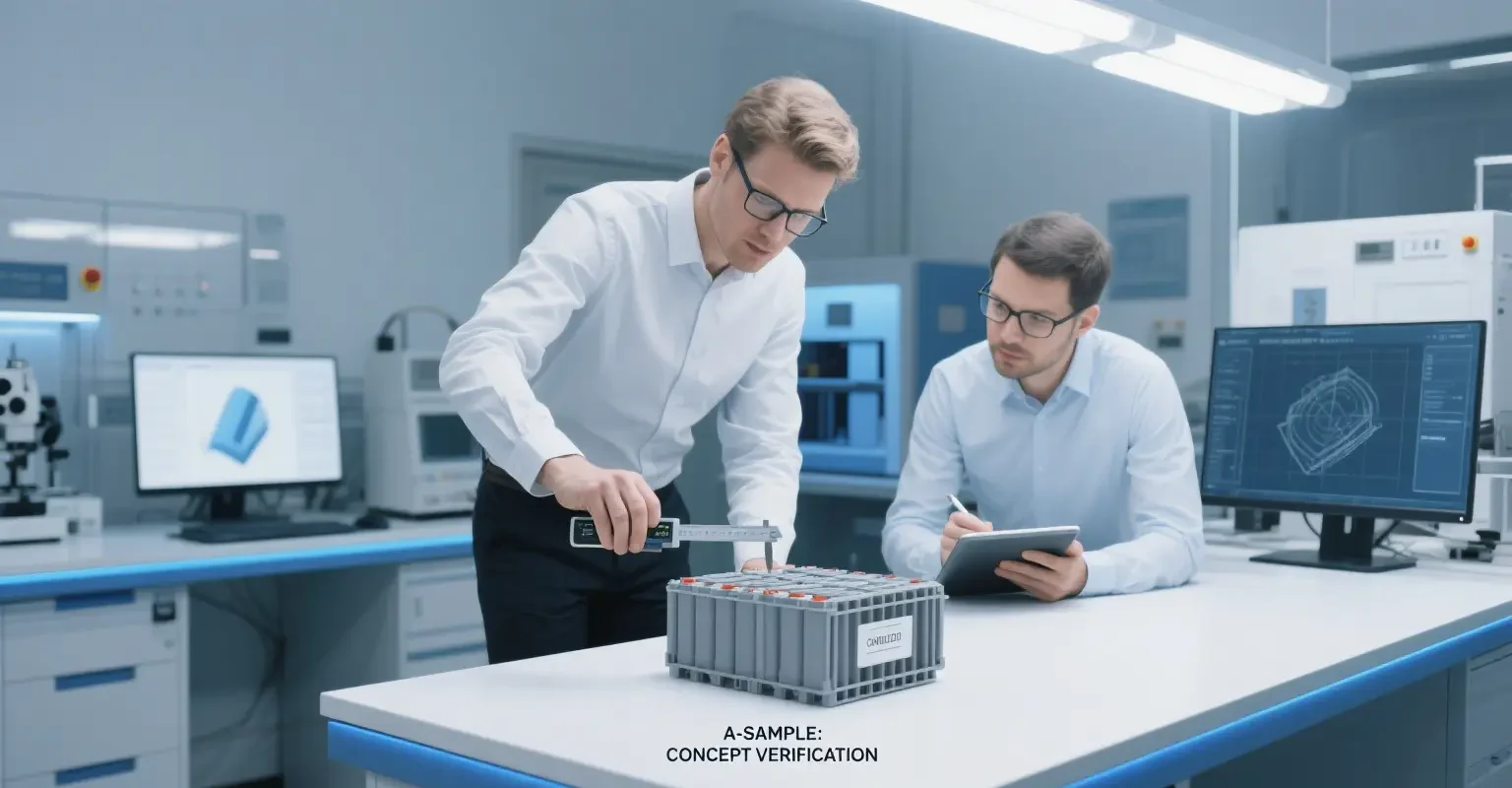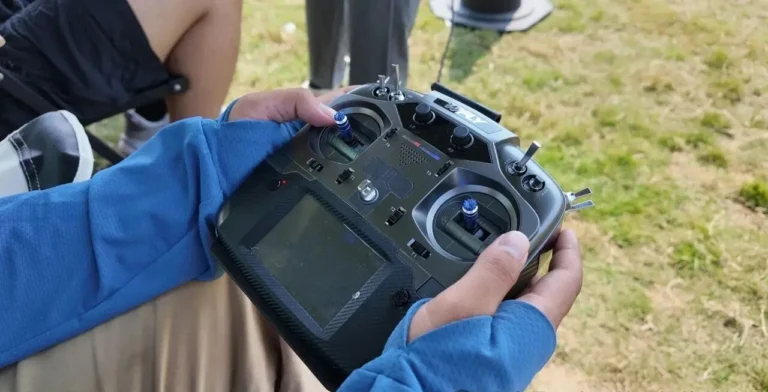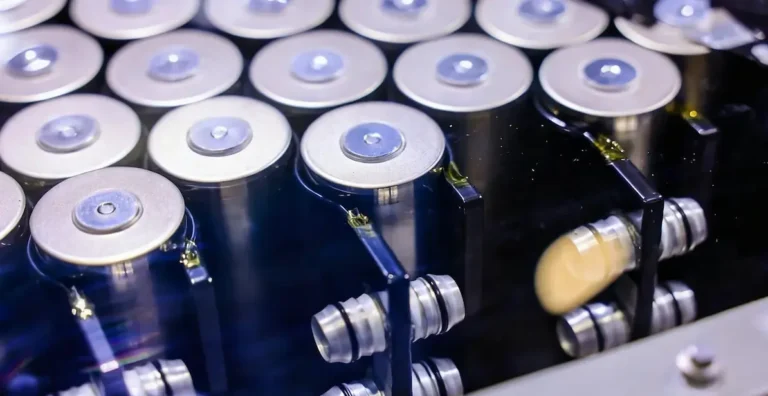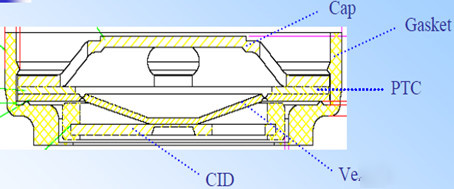2025 Power Battery Pack Customization Project Terminology
Foreword
Throughout the development of power battery packs, terms like A-sample, B-sample, C-sample, and SOP are key concepts that run the entire length of the project. We often hear phrases such as “the battery pack has submitted its A-sample,” “the project is in the B-sample design phase,” “the C-sample is nearing completion,” or “SOP is expected to be achieved by a certain point.” What exactly do these terms in the 2025 Power Battery Pack Customization Project? How do they propel a battery from concept to mass production?
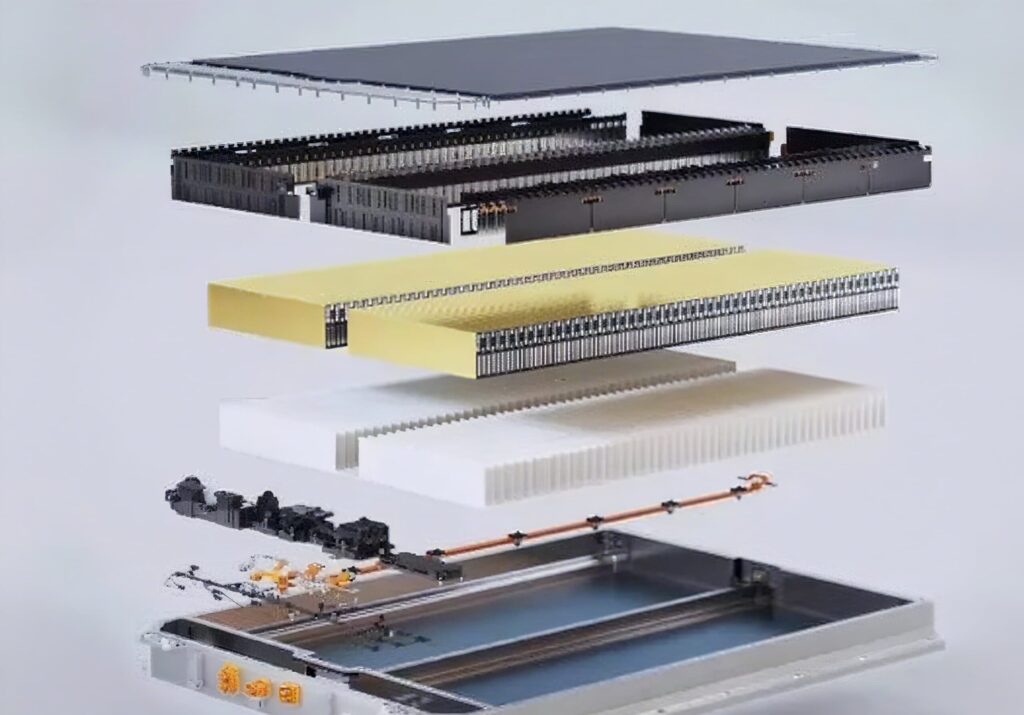
I. Overall Overview of the Customized Power Battery Pack Project
DV (Design Verification): Ensures the product design meets all technical specifications and performance requirements, focusing on whether drawings, models, and prototypes achieve the intended objectives.
PV (Product Verification): Validates the final product’s performance, durability, reliability, and regulatory compliance in real-world applications, emphasizing the product’s overall performance and functional integrity.
II. Detailed Analysis of Power Battery Pack Customization Phases
The Phased Logic of Power Battery Development: A Stepwise Scientific Validation System
Power battery pack development follows the APQP (Advanced Product Quality Planning) framework, typically divided into four core phases:
Alpha Sample (A-Sample) — Concept Feasibility Validation
The Alpha Sample is a prototype device used to validate basic functionality and preliminary performance, marking the first step in implementing the technical roadmap.
Key Characteristics:
- Handcrafted samples
- Appearance, dimensions, and functions not yet finalized
Critical Tasks:
- Produce 5–20 cells in a lab or pilot line to validate core parameters like energy density and voltage platform consistency;
- Preliminarily determine cathode/anode materials and electrolyte formulations, achieving approximately 60%–70% performance compliance;
- Obtain preliminary safety test data (e.g., needle penetration, overcharge).
Deliverables: Cell design drawings, initial bill of materials (BOM), and preliminary Design Failure Mode and Effects Analysis (DFMEA) report.
B Sample (Beta Sample) — Engineering Optimization & Design Verification (DV)
The B Sample is a hand-built or soft-molded prototype used for system-level Design Verification (DV), ensuring the product meets design requirements and is ready for drivability testing.
Key Features:
- – Manufactured using manual or preliminary molds
- – Both hardware and software functionality implemented
- – Appearance and dimensions largely finalized
- – Capable of supporting performance and reliability validation
Key Breakthroughs:
- Established small-batch pilot production line (daily capacity 100–500 units), achieving over 85% performance compliance rate;
- Passed all tests including UN38.3, mechanical vibration (20G/tri-axial), and thermal runaway propagation;
- Optimized critical process parameters such as electrode sheet density control (deviation <±3%) and electrolyte filling accuracy (±0.1g).
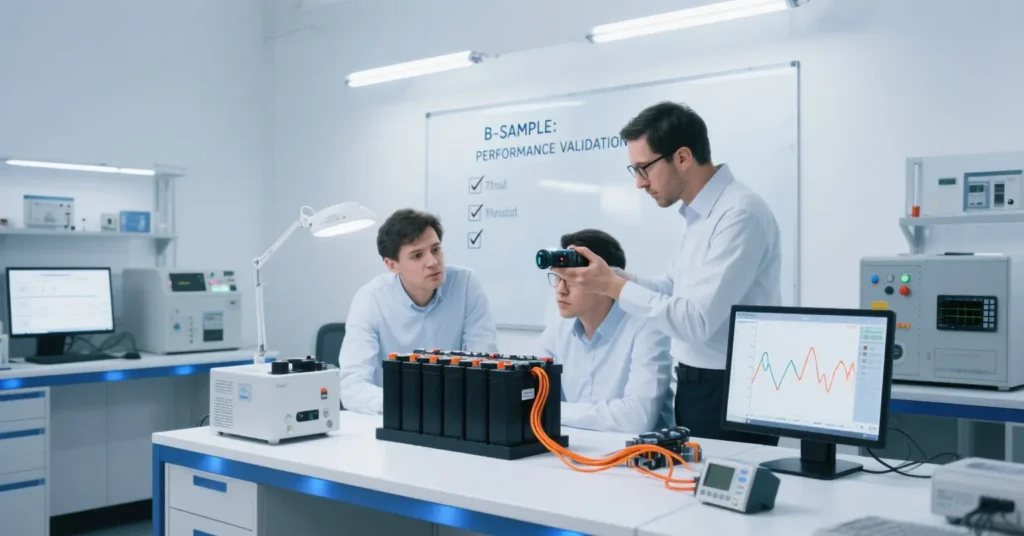
Industry Threshold:
The B-sample stage is a critical milestone for battery companies entering automotive supply chains, requiring compliance with automotive standards like GB 38031.
C-sample (C-sample / OTS) — Mass Production Feasibility Verification and Product Validation (PV)
C-sample, also known as Off Tool Sample, is manufactured using production-grade tooling for final Product Validation (PV) and assessment of production process and quality capability.
Key Features:
- Manufactured using production-grade hard molds
- Equipped with complete process documentation and inspection reports
- Supports real-vehicle road testing and vehicle integration
Core Objectives:
- Verify mass production consistency with typical yield requirements ≥92% (consumer applications) or ≥85% (power applications);
- Achieve CPK ≥ 1.33 for critical processes and complete all PPAP documentation;
- Pass vehicle-level PV testing, including BMS communication, charge/discharge strategies, and durability assessments.
Risk Advisory: Approximately 15% of projects may experience cost overruns or schedule delays at this stage due to supply chain or process issues.
SOP (Start of Production) — Mass Production Launch
SOP signifies the formal commencement of mass production, where the product meets all quality and performance requirements, entering a stable, scaled delivery phase.
Key Tasks:
- Achieve standard production cadence (e.g., producing one cell every 120 seconds);
- Complete initial order fulfillment (e.g., delivering 1,000 battery packs to automotive customers);
- Continuously advance process optimization and cost control (e.g., enhancing coating efficiency, reducing separator thickness).
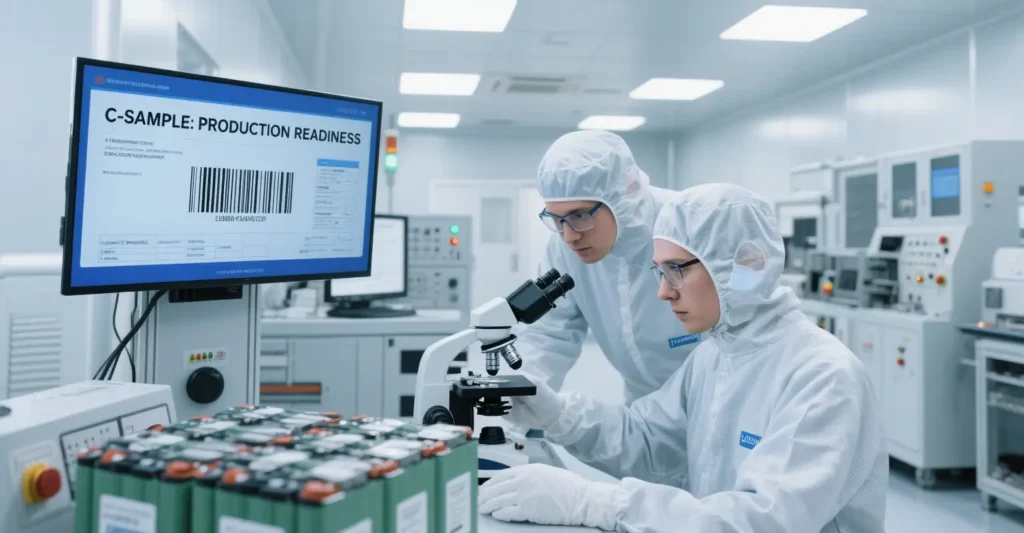
III. Key Technology Evolution Path for Customized Power Battery Packs
Material and Process Synergy:
From Prototype A to Prototype B: Transition from laboratory formulations to mass-production-ready formulations.From Prototype B to Prototype C: Further optimize parameters such as packing density and impregnation uniformity through DOE experiments.
Testing System Enhancement:
- Prototype A: Fundamental electrochemical performance (e.g., cycle life <500 cycles @ 80% capacity retention)
- Prototype B: Environmental adaptability (-40°C to 85°C), mechanical reliability (50G shock)
- Prototype C: Production consistency (capacity CPK), thermal simulation, and vehicle integration
Industry Variations:
- Power Batteries: Requires 24-week SOC decay testing and full GB/T 31485 certification; typical development cycle: 18–24 months.
- Consumer Batteries: Emphasizes 4C fast charging and short-cycle validation; development compressed to 6–9 months.
- Energy Storage Batteries: Prioritizes long-life validation (e.g., ≥8000 hours) and must meet IEC 62619 standards.
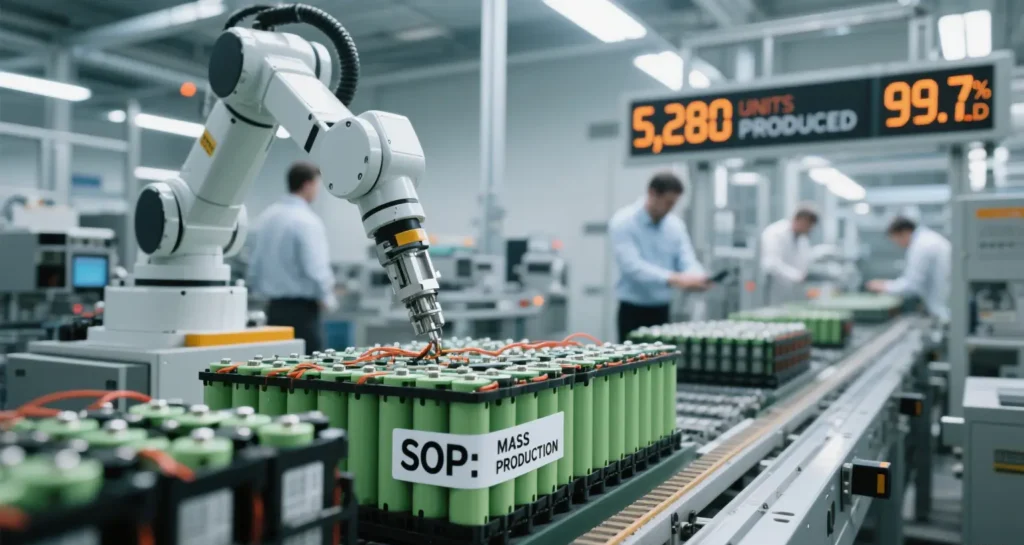
IV. Cutting-Edge Advancements: From Experience-Driven to Data-Driven
- Virtual Prototyping Technology: Introducing digital twins during the A-sample phase reduces physical validation costs by 50%.
- Smart Manufacturing Systems: Deploying MES during the C-sample stage enables cell capacity sorting data and full manufacturing process traceability.
- Innovative Technology Applications: For instance, QuantumScape’s anode-free design propels solid-state batteries from B-sample to C-sample stages.
V. Conclusion
Phased management significantly enhances the efficiency and success rate of power battery development. By scientifically dividing prototypes into A, B, and C samples and establishing SOPs, development cycles can be shortened by over 30% while reducing mass production risks by 50%. For both battery manufacturers and vehicle manufacturers, precisely grasping the requirements of each phase is key to gaining a competitive edge in the fierce technological race.

